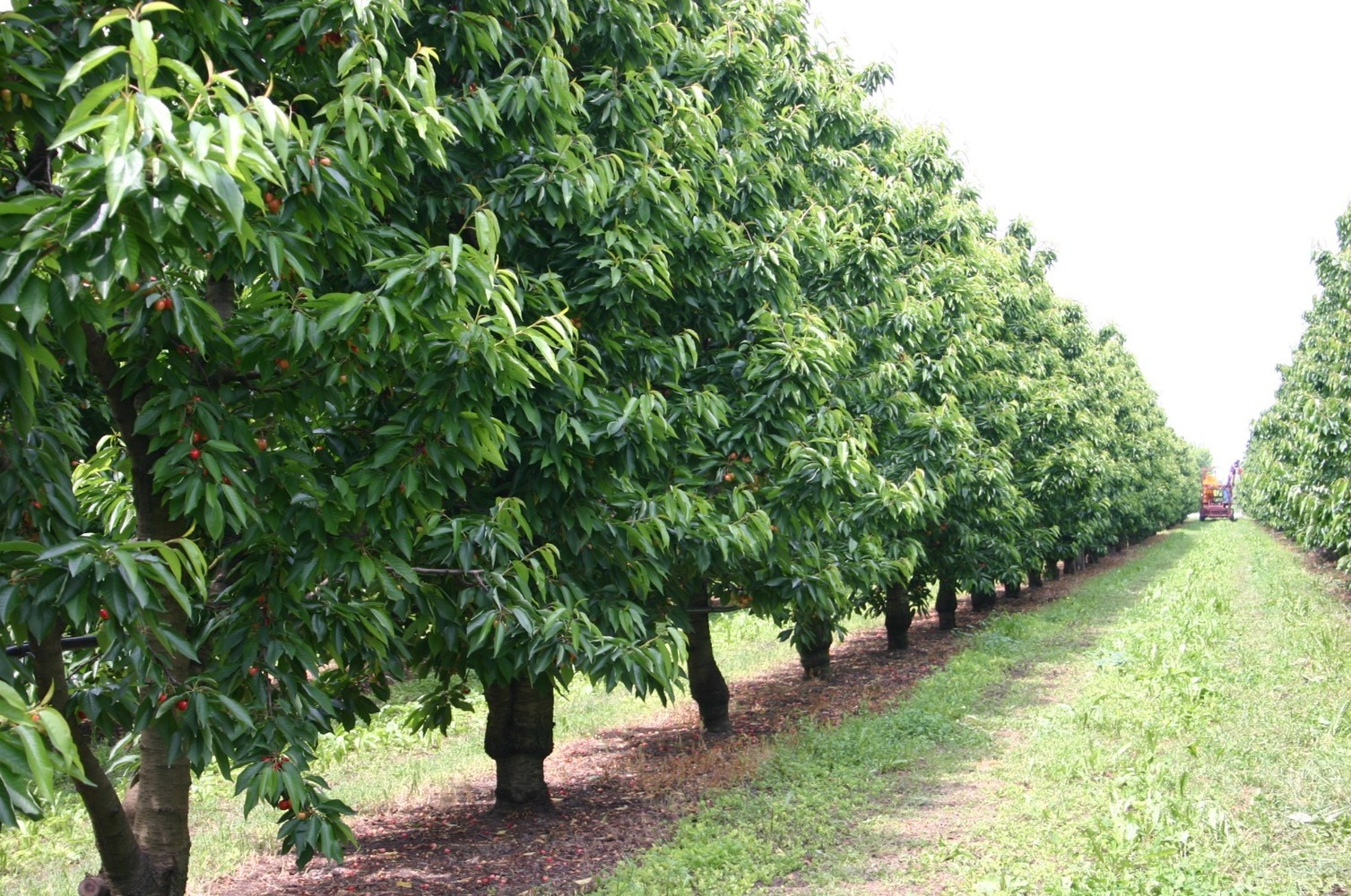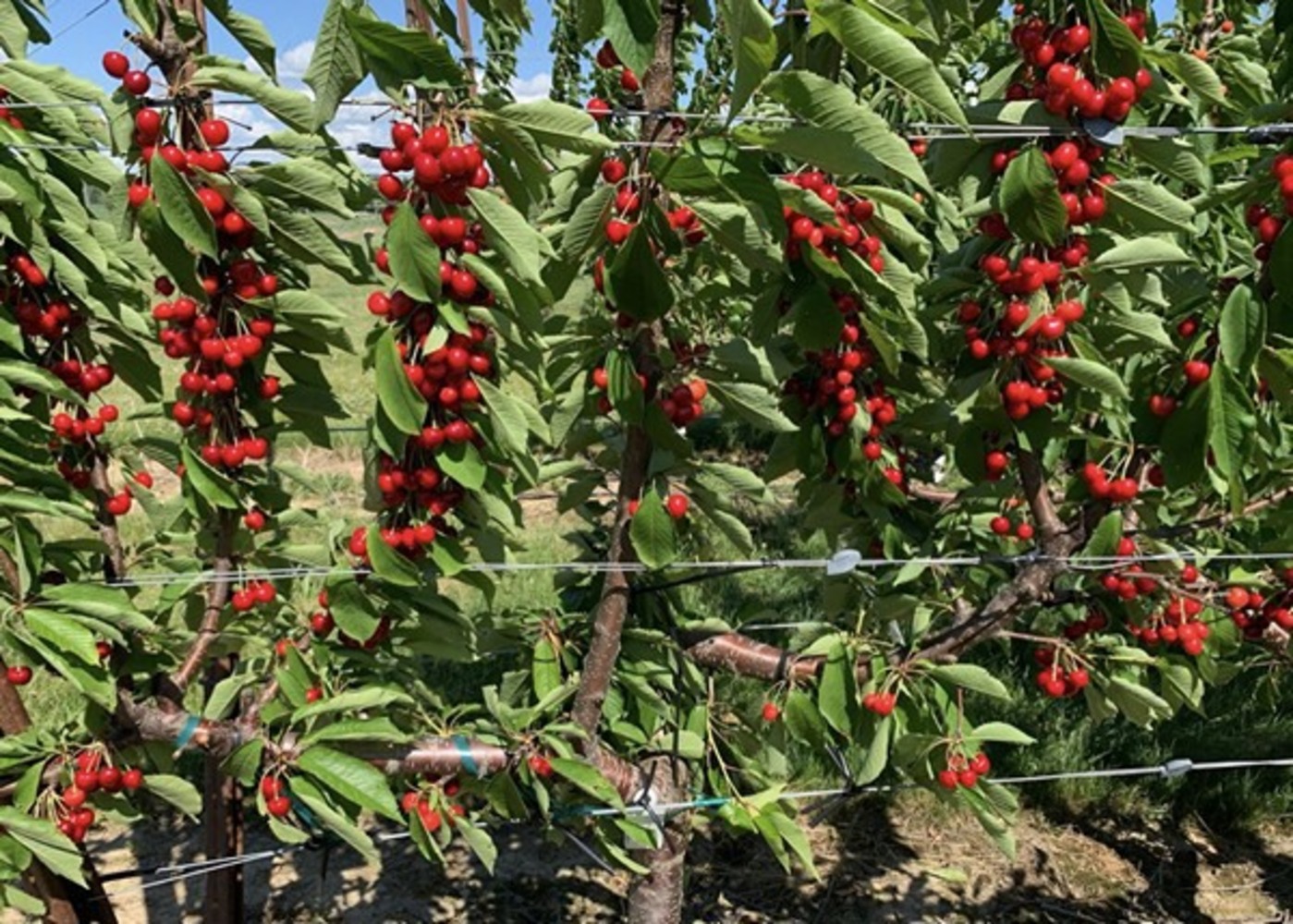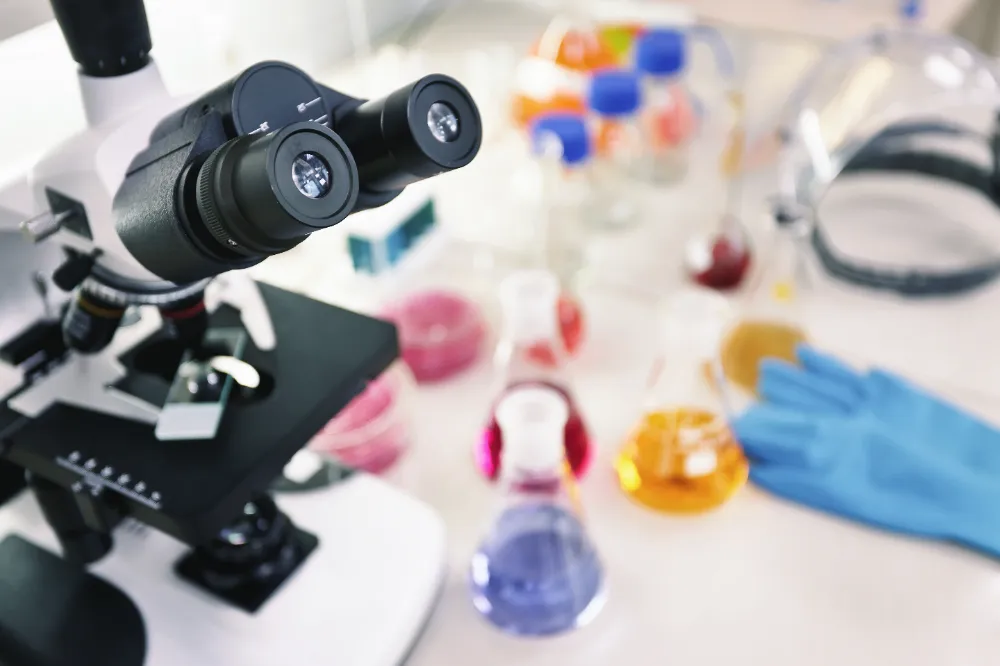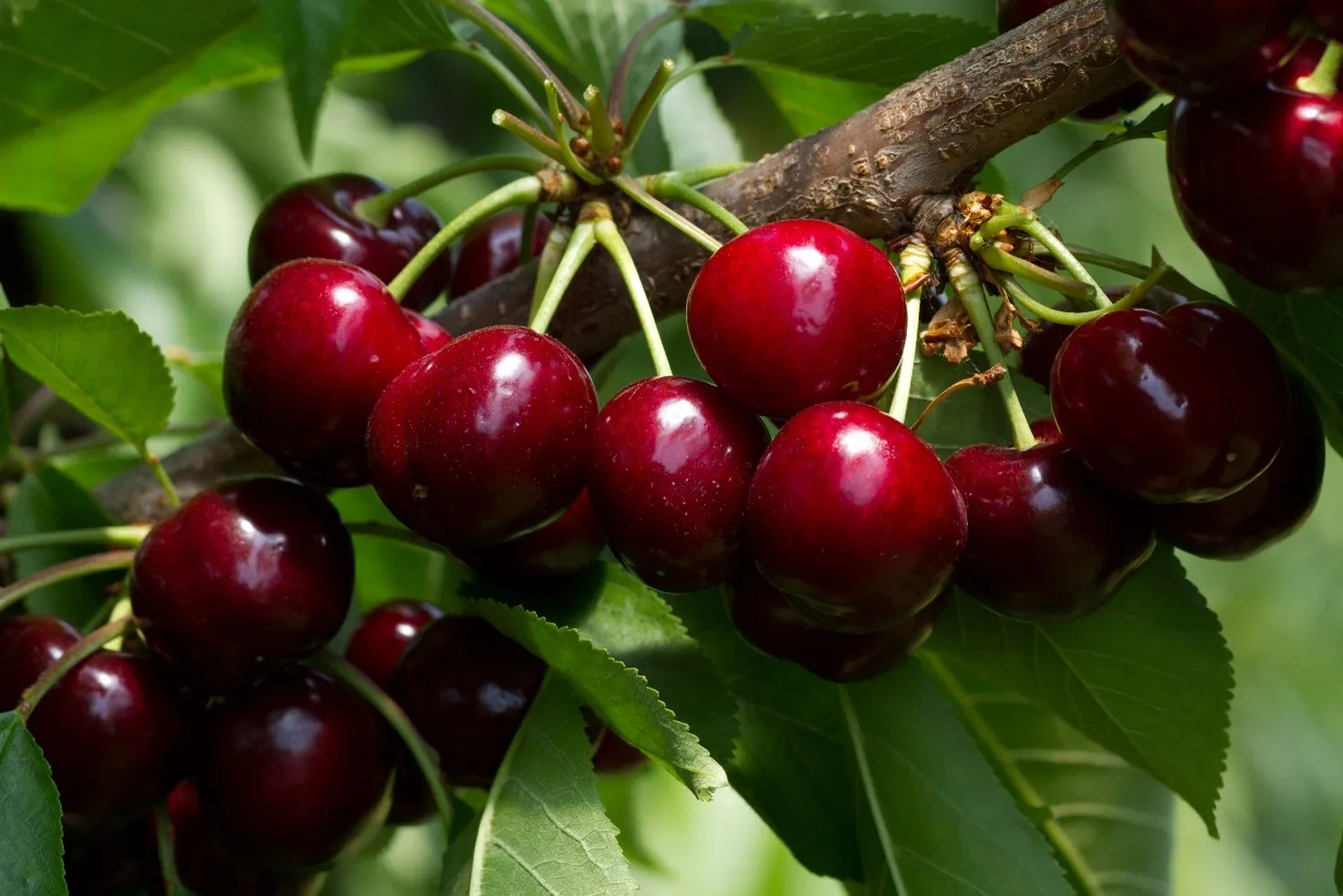Every cherry grower is aware of this: the incidence of labor costs on production costs is very high, it can be more than 50 percent, and labor, especially skilled labor, is increasingly difficult to find. Looking overseas the situation is very similar, even in the United States it is no better.
It is precisely to try to find a solution to rising labor costs and increasing shortages and to improve the efficiency of production for the same quality of product that Washington State University has been working for years on the mechanization of operations such as pruning, thinning, harvesting and pollination.
Mechanized pruning to lower production costs
During an event of WSU's own, Prof. Matthew Whiting of the Department of Horticulture and Landscape Architecture took stock of the state of research with his talk titled 'Opportunities for Mechanization in Cherry Production' (you can watch the webinar in English here).
"It goes without saying," the professor said, "that the prerequisite for the mechanization of operations such as harvesting and pruning is a suitable farming system. Orchard architecture is critical to the adoption of mechanization and automation." Whiting quickly illustrated some of the farming systems, starting with classic orchard orchards and emphasizing how planar, in-wall structures offer several advantages for moving toward increasing mechanization and automation.
After showing a video related to the manual pruning of cherry trees, with the pruner making 66 cuts in 71 seconds demonstrating a skill peculiar only to those with great experience, Matthew Whiting said, "We have all seen cuts made from the ground, then obviously the top of the plant will need to be pruned as well, but the question every orchardist asks is, what are the rules of pruning? Teaching a new group of workers these rules is not easy."
And that is why pruning operations rank second in incidence among production costs. Then the professor explained the advantages, for example, of a Upright Fruiting Offshoots (UFO) form of training that is usually used in high-density plantings.
A video taken several years ago during trials by the WSU research group showed how in UFO systems a machine with large circular saws mounted on a tractor can be used for mechanized pruning. All side branches are thus cut off. "The pruning speed depends on the speed of the tractor," said the professor. "The uniformity of pruning is reasonably good and it is easy to do but it is non-selective pruning.
We then often found that it is difficult to get very close to the fruit wall and there are questions that need to be answered, for example related to possible disease transfer. Comparing mechanical pruning with manual pruning, however, we have seen that it is 13 times faster."
After initial trials dating back a decade or so, also using other mechanical pruning machinery, again on UFO cerasets, the WSU research team measured the efficiency of mechanized pruning also followed by hand trimming, comparing it with manual pruning. The tests were done over multiple years. "On average, with three passes per row, you're 28 times faster but you could go as high as 30 times faster," said Matthew Whiting.
Finally, a look into the not-too-distant future with trials of robotic pruning (watch the video of the pruning robot at work at this link).
"The processes," he explained, "are quite simple and consist of three key elements, the first of which is vision. The second is planning the pathway i.e. how to approach and move toward the goal. In the end what he will actually do once he gets there. We are working on that."


Pollination robot can lead to yield increases
Staying on the topic of robotics, WSU is also working on robotic thinning, again with a view to increasing production efficiency and improving quality. The system was shown at work in an apple orchard (you can see the video here).
For now, the research team has only been testing, "There is a camera that detects flower clusters. It stretches an arm and approaches. Then the final implementation or tool is a series of very short nylon ropes that spin at high speed to physically detach the flowers or remove some of them."
The timing of pollination for the cherry tree is very delicate, as every grower knows the useful window is measured in hours. Mechanical pollination can help: "Actually," Whiting specified, "we call it supplemental artificial pollination. And this work is based on applying a liquid suspension of pollen using electrostatic spraying systems."
Better not to get drunk on good results though: "In good years, when pollination is sufficient," the professor warned, "supplementary pollination is not needed and does not bring benefits. In other cases, however, we have seen excellent results through this system."
According to the data shown for the Bing variety, in a given year, 30 grams of pollen per 0.40 hectare (1 acre) increased yield by 23 percent. The trial then went on to the Coral Champagne variety, in a specific year, with two applications of 15 grams each of pollen per 0.40 ha there was a 27 percent increase in yield.
Research still needed for mechanized harvesting
Finally, the webinar addressed the topic of mechanized harvesting, something every cherry grower dreams of. WSU has been working for years to make it possible in cherry orchards, but it should be specified at the outset that the U.S. university is working on mechanical harvesting of stalkless cherries.
Among the factors that affect harvesting efficiency, the first and most important is precisely the capacity of the pickers but the farming system also influences. "What we have seen through field trials," the professor recounted, "is that simply by improving the architectures and using a skilled harvesting team, you can have a significant impact on harvest efficiency.
In the short term we are working with mechanically assisted harvesting tools and techniques, what we call shaked. In the long term, however, we envision a fully mechanical harvesting system." Matthew Whiting then showed the prototype developed by Donald Peterson, an agricultural engineer at USDA West Virginia that WSU has been testing for 15 years (an in-depth scientific paper on the prototype can be downloaded here).
While full mechanization of harvesting is awaited, the WSU team has developed systems that rely on mechanically assisted shaking. "We have conducted large-scale tests and found a 3- to 4-fold improvement in harvest efficiency using these approaches."
The future, according to the professor, will not be without mechanization and automation to improve production efficiency but "research will only bear fruit in a trans-disciplinary working context involving biology and technology. When we think about planting new orchards," he concluded, "and designing them, we have to prioritize high efficiency.
Image: A. You, N. Parayil, J.G. Krishna, U. Bhattarai, R. Sapkota, D. Ahmed, M.Whiting, M. Karkee, C.M. Grimm, J.R. Davidson (2022). An autonomous robot for pruning modern, planar fruit trees. Journal of Robotics and Automation Letters.
Barbara Righini
Cherry Times - All rights reserved














